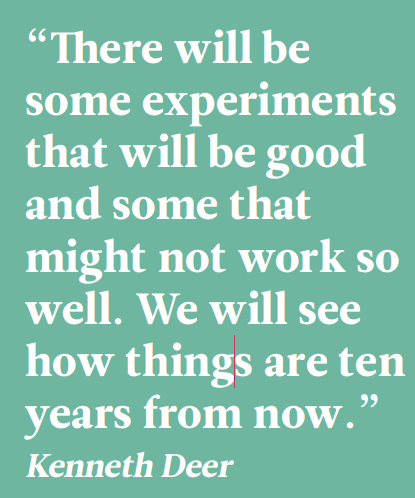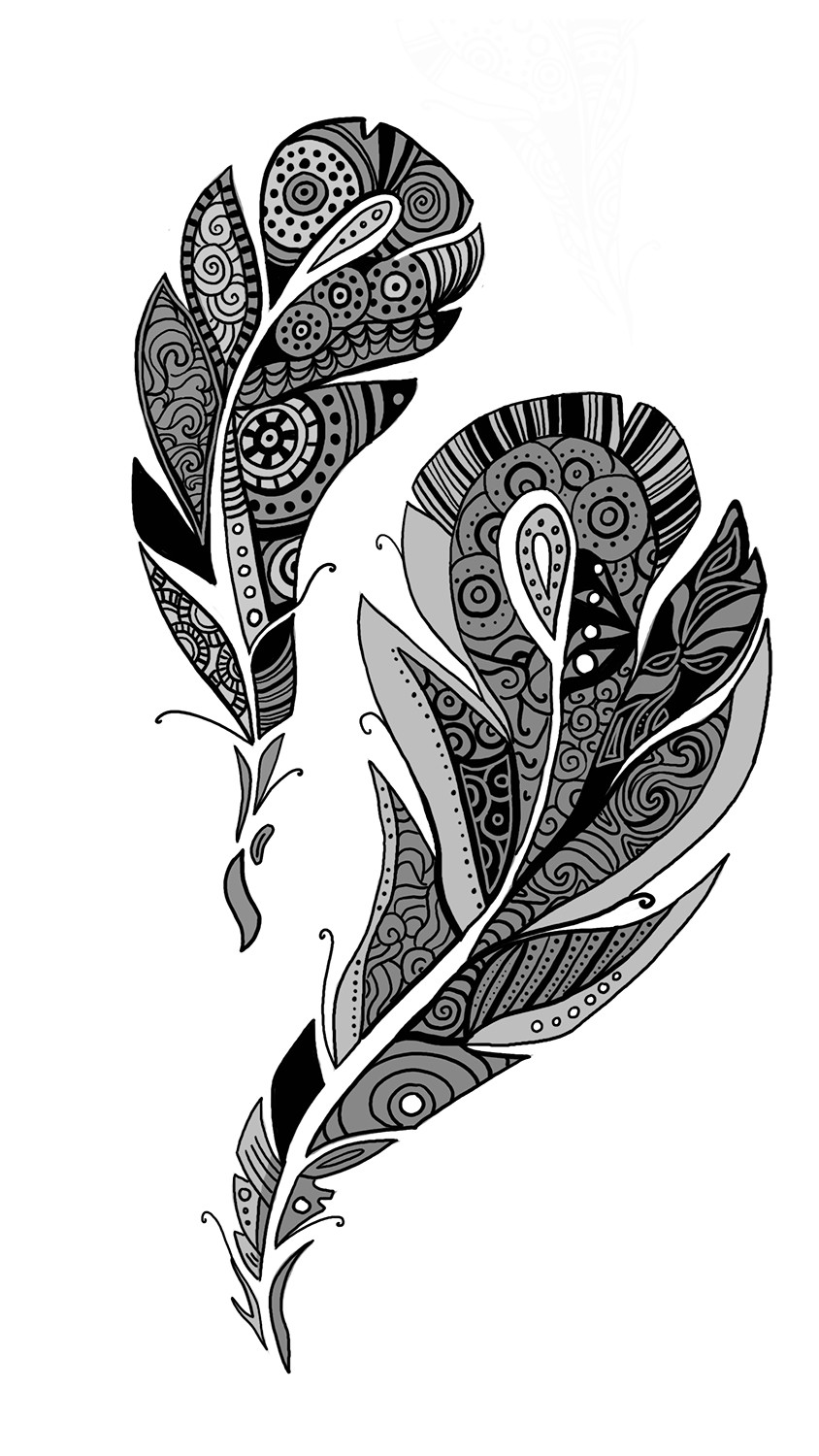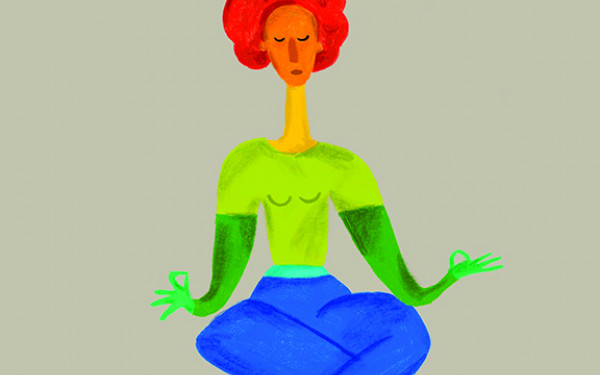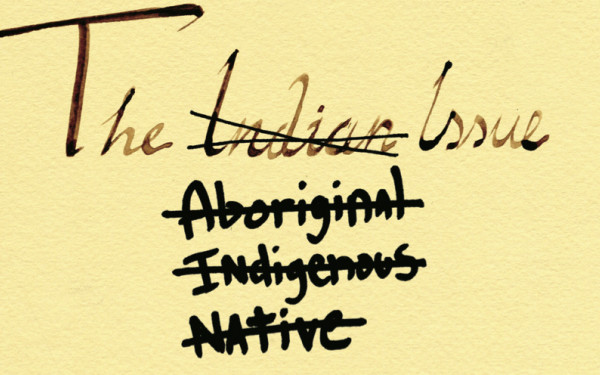Indigenous Spirituality at Concordia Now Mandatory for all Christian Theology Students
Christine Jamieson Will Lead the Course Open to All Students
After a few years of only being offered occasionally, the Department of Theological Studies at Concordia decided to make a course on indigenous spirituality available full-time.
Starting in the Fall 2018 semester, Indigenous Spirituality (THEO 243) will be offered regularly as an elective for all students, as well as a mandatory course for the department’s certificate in Christian Spirituality.
For Christine Jamieson, associate professor in the department, the development and teaching of the course is more than just an academic pursuit—it’s a personal one.
Growing up in a military family that constantly moved around Canada, Jamieson’s roots with the Boothroyd First Nation in British Columbia remained unexplored because of abusive treatment her father experienced as an indigenous person.
“My father was someone who had a very deep sense of unworthiness that I know came out of the abuse he suffered,” said Jamieson. “He, in some ways, tried to escape that by ignoring that part of himself.”
Over the past decade, Jamieson has taken the time to reexamine that undiscovered aspect of her heritage.
Jamieson returned to British Columbia, connected with her ancestry and took part in workshops that provided her with a background in indigenous teaching methods. She is also in the process of working on an Indigenous Educators’ Certificate in Indigegogy from Wilfrid Laurier University in Waterloo, Ontario. Now, she’s importing her knowledge and cultural understanding into the lecture halls of Concordia University.
“I recognized that was an important thing I needed to explore myself in order to be able to feel I could offer this course. That was very much a part of my own research,” said Jamieson. “This course comes out of that experience.”
EXPLORING INDIGENOUS SPIRITUALITY
Jamieson designed the course to explore aspects of spirituality in an indigenous context through methods not commonly used in current academic settings.
She hopes to teach students the meaning of indigenous spirituality, as well as allow them to experience it and understand as not simply a belief system, but as something more tangible.
“It’s not an intellectually abstract thing, it’s actually very concrete. It’s grounded in the experience of being in the land, and the experience of the people as a community,” said Jamieson.
An indigenous approach to knowledge sharing and understanding differs greatly from traditionally “academic” methodologies. Often, they will supplant objectivity in favour of embracing the connection they have to the subject they’re studying.
“They are not standing apart from their research, but they are engaged in it. It is about being in a relationship with others,” said Jamieson. “It’s a profoundly different type of research, and more and more it’s becoming respected in the academic world.”
Jamieson also notes the course won’t shy away from the history of abuse indigenous people faced in Canada. In particular, the course will examine the role Catholic churches had in running the residential school system. In a calculated effort to get rid of indigenous culture in Canada, the residential school system removed children from their families, exposed them to physical and sexual abuse, and forced children to study in English or French.
“Many indigenous people see it as an imposition, and I do emphasize that oppression in the course,” said Jamieson. “But at the same time I do look at that encounter between indigenous and Christian spirituality.”
Jamieson studies the overlap between indigenous spirituality and Christianity. According to her, there are many indigenous people who have embraced Christianity, which is an important dynamic to address despite its controversial nature.
“It’s not an intellectually abstract thing, it’s actually very concrete. It’s grounded in the experience of being in the land, and the experience of the people as a community” –Christine Jamieson
“These people have not come to see the gospel message as a foreign construct onto their own spirituality,” said Jamieson. “They have been able to see in the Christian message something of the roots of their own spirituality.”
A number of traditional indigenous ceremonies have been built into the course. Students get the opportunity to participate in a traditional smudging ceremony and circle work, as well as visit a long house organized by well-known Kahnawake figure Dr. Kenneth Deer.
Deer, a lawyer and activist in the Mohawk community, said some fear of appropriation exists when non-indigenous people take part in these ceremonies. That being said, he recognizes that some sharing should take place so both communities can coexist.
“They have taken everything else, so I think there is a fear in the indigenous community that they are going to take our ceremonies and our teachings that are specific to us,” said Deer. “But I think we can do both.”
The course is also intended to delve deeper into understanding how indigenous spirituality differs from western and Christian spirituality.
While spirituality in a European society often stands alone as a separate realm, the spirituality of indigenous people often runs through all aspects of life. According to Jamieson, indigenous spirituality is expressed through art, clothing, music, and storytelling, and is inextricable from the community and the environment.
Jamieson says the course, and indigenous spirituality itself, is appealing to those seeking a spiritual dimension to their lives because it avoids a lot of the “institutional trappings” of Christianity.
“It allows them to experience this spiritual dimension of human existence that they can really respect and understand, without feeling like they are being coerced into something,” said Jamieson.
The indigenous conception of spirituality interests people because it allows them to question certain aspects of themselves not normally explored in a public or academic setting, said Jamieson. By incorporating it into academic institutions, students are engaging with their own inner spirituality.
“It touches a deep part of the human person, particularly students, in their exploration of their own deep questions,” said Jamieson. “It’s partly a personal journey and partly an academic journey.”
While the course is open to both indigenous and non-indigenous students, Jamieson believes that non-indigenous students will benefit the most. By learning about the history and culture of indigenous peoples in Canada, students are not only exposed to the difficult reality they face, but also the resilience and power of their spirituality.
SPURRED ON BY RECONCILIATION
In December 2015, the Truth and Reconciliation Commission of Canada published its calls to action to help “redress the legacy of residential schools and advance the process of Canadian reconciliation” with the indigenous peoples of Canada.

The 94 calls to action are extensive. They range from recognition of distinct language rights within Canada, to calling upon the Pope to publicly apologize for the role of the Catholic Church in the residential school system.
One call to action insists that indigenous teachings be used in both secondary and post-secondary institutions across Canada. Not just incorporating more history into the curricula, but actually utilizing indigenous methods of knowledge sharing in Canadian classrooms.
The hope is that by leveraging indigenous methodologies, not only will teachings be more inviting to indigenous students, but that stronger intercultural relationships will be built, allowing indigenous and non-indigenous people to coexist peacefully. Building that understanding between the communities is an important step towards reconciliation.
The recent explosion of programs, courses, and even faculties that focus exclusively on indigenous history and culture in universities across Canada has seen a steep increase over the last few years.
Research from Universities Canada, a membership organization of 96 universities across Canada, found that from 2013 to 2015, Canadian universities saw a 33 per cent increase in indigenous related courses or programming for indigenous students. The research also revealed that over two thirds of their member universities were working to include indigenous leadership within their administrations.
For Deer, this is thanks in part to the TRC.
“Universities are almost competing with each other to see who can have the better program, and for Indigenous staff to fill these positions,” said Deer. “I wish I was 20 years younger to take advantage of it.”
These calls to action also proved to be the impetus for Concordia to offer Jamieson’s course on a full-time basis.
STILL MORE WORK TO DO
While Deer is content with recent interest of universities in indigenous studies and culture, he remains skeptical, electing to wait and see what will be done to continue investing in indigenous education and programming.
“There will be some experiments that will be good and some that might not work so well,” said Deer. “We will see how things are ten years from now.”
Jamieson believes the course is one way that Concordia can further teach non-indigenous students about Canada’s indigenous people.
“My hope is to help students broaden their understanding of this important reality that is part of our country and the history that is still with us.”


_600_832_s.png)


_600_375_90_s_c1.jpg)
ED1(WEB)_600_375_90_s_c1.jpg)
